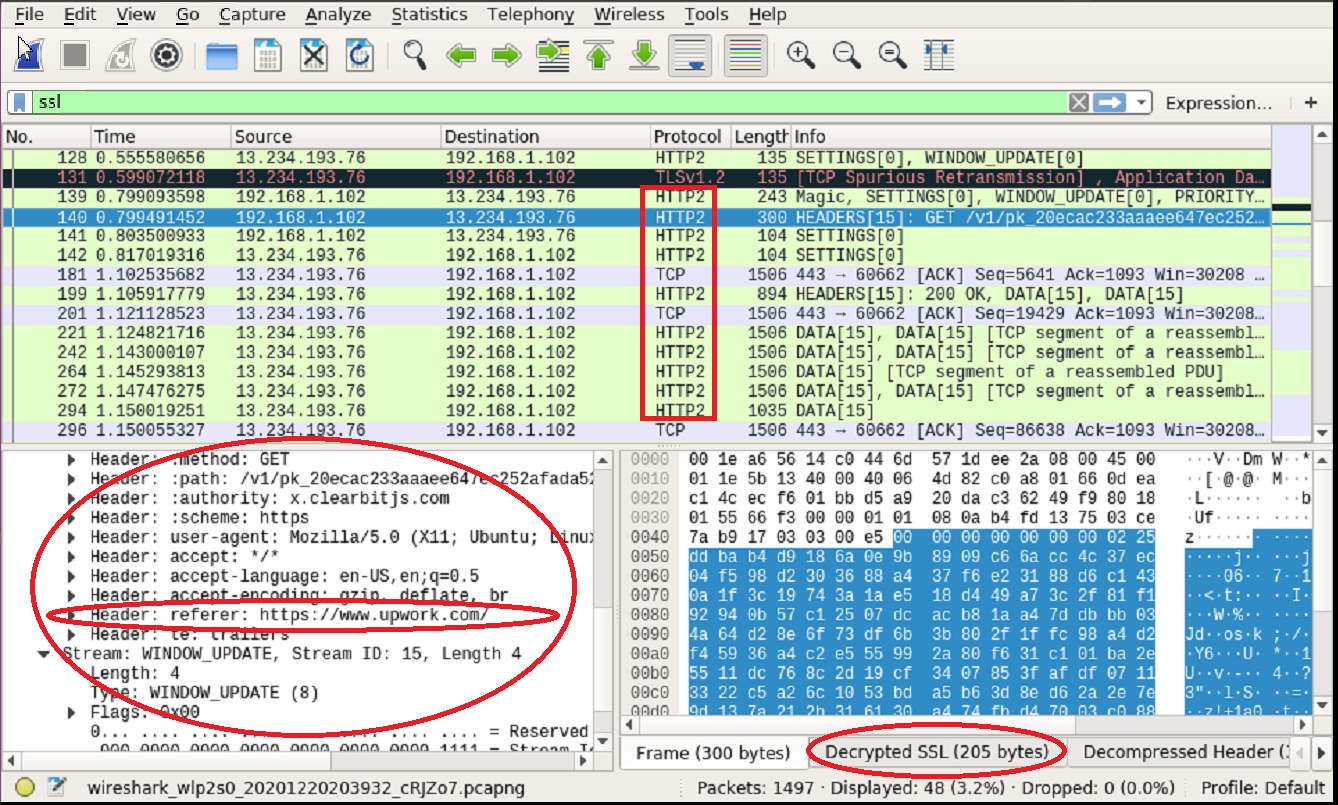

Moving into larger wireless networks, the sheer amount of broadcast traffic alone will slow you down and get in your way. Working from this mess would be a headache! Servers are broadcasting, computers are asking for webpages, and on top of this, the colors are difficult to digest with confusing number sequences to boot. When you first fire up Wireshark, it can be daunting. I am simply using filters to manage the view.

All examples below are from a 10 minute period of packet capture on my lab network. Sometimes, the hardest part about setting a filter in Wireshark is remembering the syntax, so below are the top display filters that I use. You can filter on just about any field of any protocol, even down to the hex values in a data stream. The filtering capabilities here are very comprehensive. Now, I'd like to dive right back into Wireshark and start stealing packets. In my Wireshark article, we talked a little bit about packet sniffing, but we focused more on the underlying protocols and models.


 0 kommentar(er)
0 kommentar(er)
